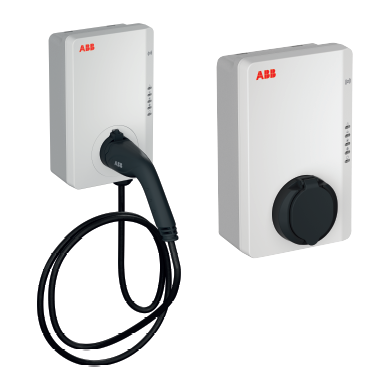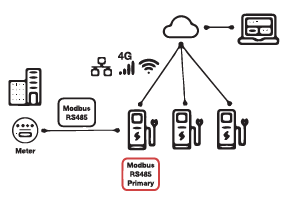Electric vehicles accounted for approximately 1.6% of new car sales in Australia in 2021. While this is only a small number, Norway went from a similar level of 0.9% in 2011 to nearly 75% in 2021 and with so many more electric vehicle choices becoming available it’s quite conceivable that Australia will see a similar growth rate in the next decade. Regardless of the exact final number, we will certainly see a dramatic increase in the ownership rates and for buildings with multiple tenants. It is only a matter of time before one or more of those tenants has an electric vehicle. The question is, what is required to support these electric car owners?
TYPES OF CHARGING
There are going to be different charging habits depending on the driver. Many people will be able to charge their car at home or at the office. In the industry this is known as destination charging, as opposed to public charging at shopping centres, carparks, or corridor charging stations beside highways.

There are two charging technologies available, Alternating Current (AC) and Direct Current (DC). AC charging supplies the car with AC power just like any other appliance and then the Onboard Charging Module (OCM) in the car converts this to DC to meet the requirements of the battery.
With AC charging there are simple cables that plug into the standard 10A General Purpose Outlets which provide 2kW of charging power or there are dedicated wallboxes that range in power from 3.7 to 22kW. The charging speed is often limited by the cars OCM with most models having a 7kW or 11kW capacity. The other technology available is DC charging which bypasses the OCM and goes straight into the battery allowing greater power levels and faster charging. DC Charging ranges from 24kW wallboxes, thru 50kW floor standing right up to 350kW versions.
Using a typical EV, for example the Ioniq 5 which has a 62.0kWh battery, charging times will vary using different charging technologies:
- 2kW 10A GPO Trickle Charging: 36 hours
- 22kW AC Wallbox: 6 hours
- 50kW DC Fast Charge: 1 hour
- 150kW DC Ultra Fast Charge: 18 minutes
- The other thing to consider is the charging frequency. In petrol cars, most people wait until the tank is getting low before pulling into a service station to fill up, rather than stopping every single day because of the inconvenience. However, with AC charging available at their own residence, many people will change to a top up mentality. A full battery charge in a car will cover the average driver for a week’s worth of journeys, so the times quoted above are the total amount needed per week, not necessarily in a single session.
IS BIGGER AND FASTER ALWAYS BETTER?
In short, no. If a tenant is parking their car in a residential building overnight, they’re going to be there for approximately 12 hours. An AC wallbox will be capable of providing a full charge in one night and are the ideal solution for this situation.Even if their stays are shorter or interrupted, it’s likely that they don’t need an empty-to-full charge anyway. It’s hard to justify the additional cost of a larger or faster charger when the tenant doesn’t need the quick turnaround time.
WILL ADDING CHARGERS FOR EVERY TENANT OVERLOAD MY ELECTRICAL SUPPLY?

Unlikely for two reasons. Firstly, not all tenants are going to be charging at the same time, especially when you consider that each tenant may only need 6 hours of charging time in a 168 hour week.
The second reason is that many chargers can provide load management. The Terra AC Wallbox range from ABB can monitor the electricity usage of the rest of the building and set the charging level based on what supply capacity is available at that time, throttled at busy times in the evening and increased in quiet times late at night.
HOW DOES THE TENANT PAY FOR THE ELECTRICITY THEY USE?
In situations where the wallboxes are installed in a shared area or are fed from a communal supply for wiring simplicity reasons, then the wallbox provides the ability to link charging to a user account. The two simplest methods for doing this are with RFID cards or a smartphone app.